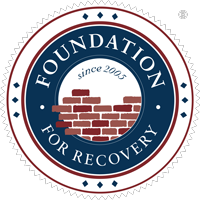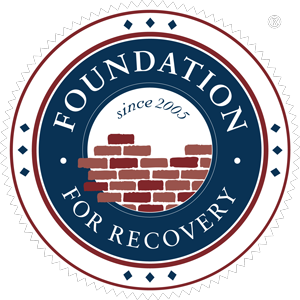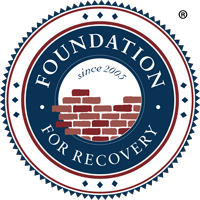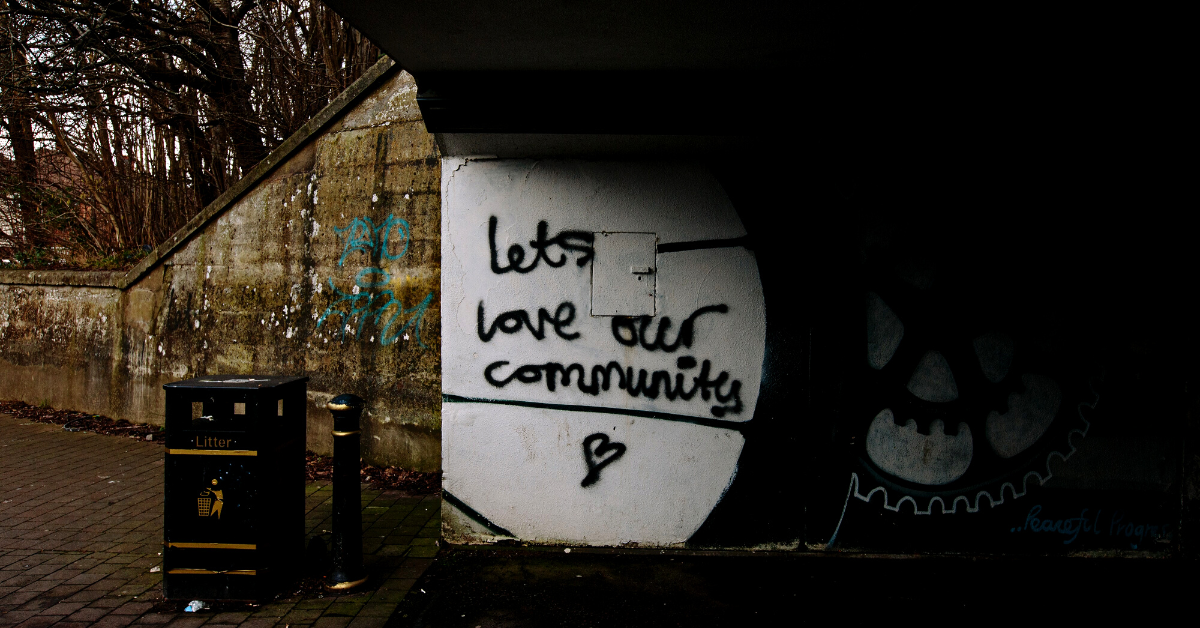The White House says the true cost of the opioid drug epidemic in 2015 was $504 billion, or roughly half a trillion dollars.
In an analysis to be released Monday, the Council of Economic Advisers says the figure is more than six times larger than the most recent estimate. The council said a 2016 private study estimated that prescription opioid overdoes, abuse and dependence in the U.S. in 2013 cost $78.5 billion. Most of that was attributed to health care and criminal justice spending, along with lost productivity.
The council said its estimate is significantly larger because the epidemic has worsened, with overdose deaths doubling in the past decade, and that some previous studies didn’t reflect the number of fatalities blamed on opioids, a powerful but addictive category of painkillers.
The council also said previous studies focused exclusively on prescription opioids, while its study also factors in illicit opioids, including heroin.
“Previous estimates of the economic cost of the opioid crisis greatly underestimate it by undervaluing the most important component of the loss — fatalities resulting from overdoses,” said the report, which the White House released Sunday night.
Last month at the White House, President Donald Trump declared opioid abuse a national public health emergency. Trump announced an advertising campaign to combat what he said is the worst drug crisis in the nation’s history, but he did not direct any new federal funding toward the effort.
Trump’s declaration stopped short of the emergency declaration that had been sought by a federal commission the president created to study the problem. An interim report by the commission argued for an emergency declaration, saying it would free additional money and resources.
But in its final report earlier this month, the panel called only for more drug courts, more training for doctors and penalties for insurers that dodge covering addiction treatment. It did not call for new money to address the epidemic.
More than 64,000 Americans died from drug overdoses last year, most involving a prescription painkiller or an illicit opioid like heroin.
Published by the Associated Press on 11/20
- The White House says the true cost of the opioid drug epidemic in 2015 was $504 billion, or roughly half a trillion dollars.
- In an analysis to be released Monday, the Council of Economic Advisers says the figure is more than six times larger than the most recent estimate.
- The council said a 2016 private study estimated that prescription opioid overdoes, abuse and dependence in the U.S. in 2013 cost $78.5 billion.










